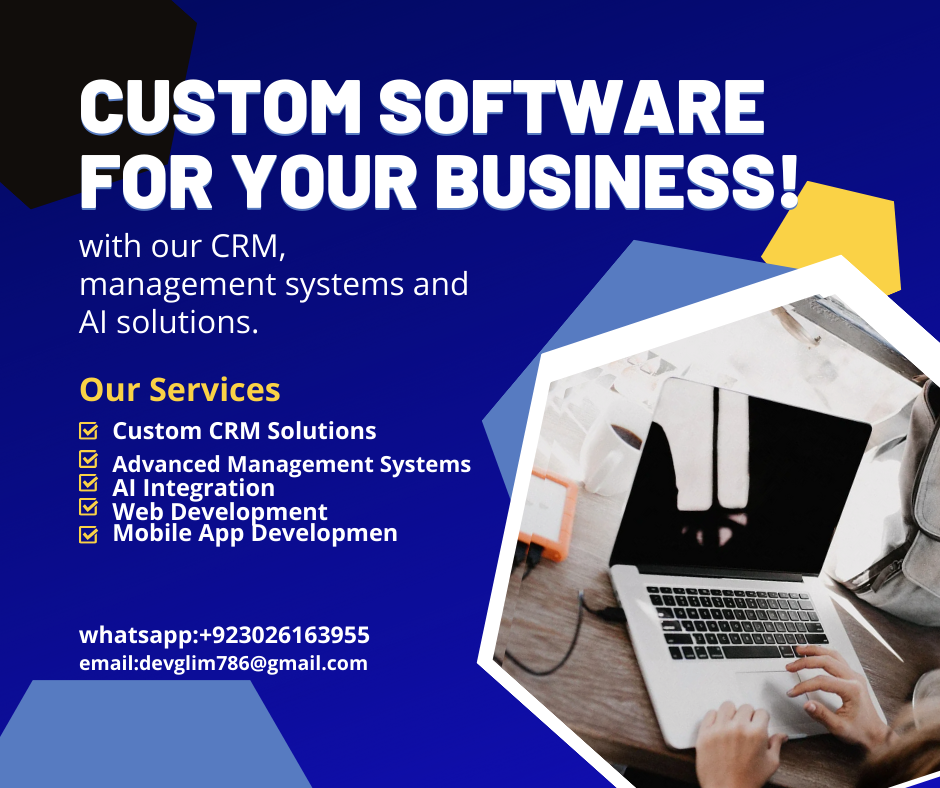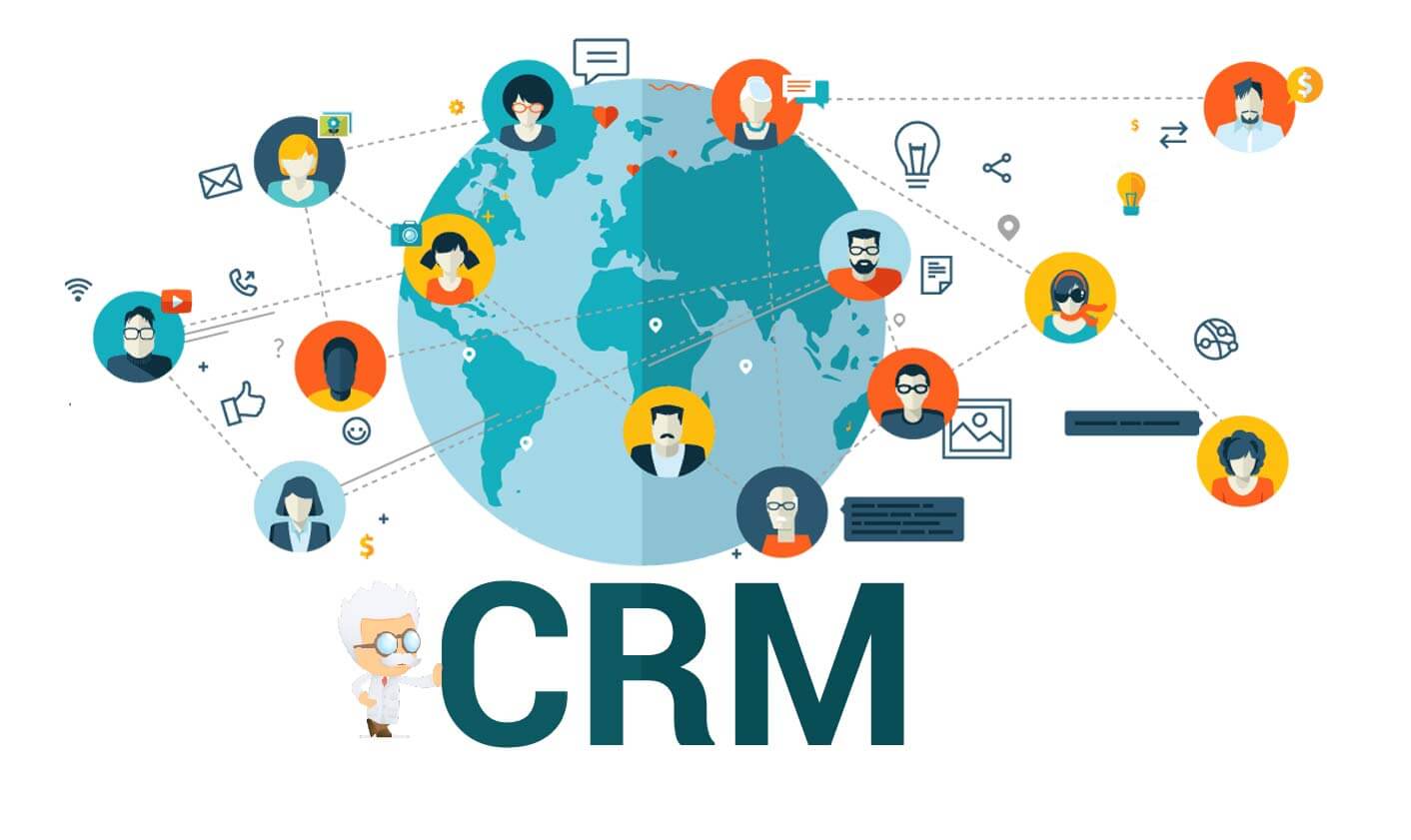Definition
A Learning Management System (LMS) is a software application or web-based technology used to plan, implement, and assess specific learning processes. It is widely used for e-learning practices, typically consisting of a server for core functionality and a user interface (UI) operated by instructors, students, and administrators.
Core Features of an LMS
For Instructors
An LMS enables instructors to create and deliver content, monitor student participation, and assess performance. Many systems also provide interactive features, such as discussion forums, video conferencing, and messaging.
For Students
Students benefit from threaded discussions, video conferencing, and various forms of interactive content. The LMS interface helps them navigate learning materials, participate in discussions, and engage with instructors.
Benefits and Uses of LMS
For Organizations
LMS platforms are beneficial for businesses, government agencies, and educational institutions. They streamline educational processes, reducing time and costs associated with traditional education. Key features include user registration, content management, scheduling, communication, quizzes, certifications, and notifications.
SCORM Compliance
To ensure standardization, the U.S. Department of Defense's Advanced Distributed Learning group developed SCORM (Sharable Content Object Reference Model), a set of specifications many LMS platforms follow.
LMS for Workplace Learning
Onboarding and Training
LMS systems are frequently used for employee training and onboarding. They provide new employees with access to training materials across various devices, enabling continuous learning and feedback.
Customer and Partner Training
LMS systems are also used for training customers, partners, and members. For instance, technology companies use LMS platforms to help customers learn about their products, enhancing brand loyalty and user satisfaction.
Employee Development and Retention
LMS platforms support employee skill development, product knowledge updates, and compliance training, aiding in both personal and professional growth.
Advanced Features in LMS
Blended Learning
Combining classroom teaching with online tools, LMS platforms support blended learning, which enhances face-to-face education with digital content customized for student needs.
Social Learning and Gamification
Many LMS platforms include social tools for collaboration and gamification elements like points and badges, boosting motivation and engagement.
Localization and AI
LMS systems often support multilingual content and include AI-driven personalized learning recommendations, allowing a tailored learning experience.
Types of LMS Deployments
- Cloud-Based LMS: Hosted on the cloud and accessible via the internet.
- Self-Hosted LMS: Installed on a local server, providing more control but requiring maintenance.
- Third-Party Hosted LMS: Courses hosted by an external organization.
- Mobile Application LMS: Supports mobile learning through devices like smartphones and tablets.
Payment Options for LMS
- Freemium: Basic features are free; advanced features require payment.
- Subscription: Users pay a recurring fee for access.
- Licensing: Either annual or one-time fees.
- Open Source: Free-to-use platforms such as Moodle, Ilias, and Sakai.
Benefits of Using an LMS
An LMS centralizes and organizes learning data, streamlining processes like user enrollment and content updates. Benefits include:
- Consistent content distribution
- Flexible learning schedules
- Centralized data storage
- Secure, encrypted data management
Learning Experience Platforms (LXP) vs. LMS
LXPs offer a more personalized, AI-driven learning experience, allowing learners more autonomy. Unlike LMS, which follows a structured program, LXPs adapt to users’ interests and deliver relevant content based on individual preferences.


 What is Customer Relationship Management (CRM) software?
What is Customer Relationship Management (CRM) software?
 What is 3D Animation? A Comprehensive Guide for You in 2024.
What is 3D Animation? A Comprehensive Guide for You in 2024.
 Top 5 Software Tools Every Entrepreneur Needs in 2024
Top 5 Software Tools Every Entrepreneur Needs in 2024
 Hostinger Coupon Code October 2024: Grab Up to 90% Discount + Free Domain & 3 Months Hosting
Hostinger Coupon Code October 2024: Grab Up to 90% Discount + Free Domain & 3 Months Hosting
 How to Build an E-Commerce Website in 24 Hours
How to Build an E-Commerce Website in 24 Hours